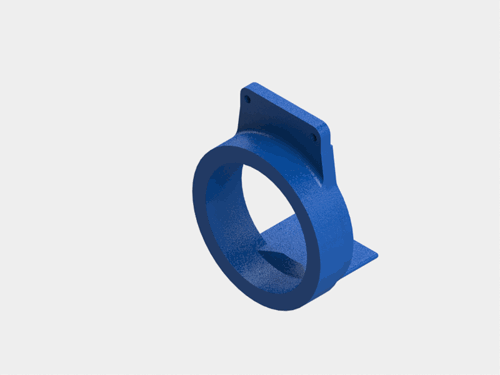
Dane Kouttron
Project Started: 05/2017 Reformatted: 01/2024
Adding some better lighting to a Bausch & Lomb 'Stereo Zoom 7'This is a quick design for a printed adapter for the Baush & Lomb stereo zoom 7 microscope, along with some details about the microscope. In the past I had tried out 'attaching an led strip' to the bottom of miscellaneous scopes, to varying success, but the advent of low cost ring lights dramatically improves lighting for tiny IC's and re-flow work (now shadows). |
Quick Intro to the Bausch & Lomb 'Stereo Zoom 7'The Baush & Lomb series of 'big angry 1980's microscope on an offset heavy arm' are really quite excellent for SMD component install and soldering. They also commonly appear in laboratory clean-outs and industrial auctions. |
| Ebay Ring Light and
adapter |
| Solidpart files |
Here are the
cad files for this printed part. I used an UP! Mini to
print the part. Download
below! [stl] [igs] |
- 3d printers and cad make engineering great again
| Comments: |
|
HTML Comment Box
is loading comments...
|
Dane.Kouttron
Rensselaer Polytechnic
Institute
Electrical & Electrical
Power
631.978.1650
